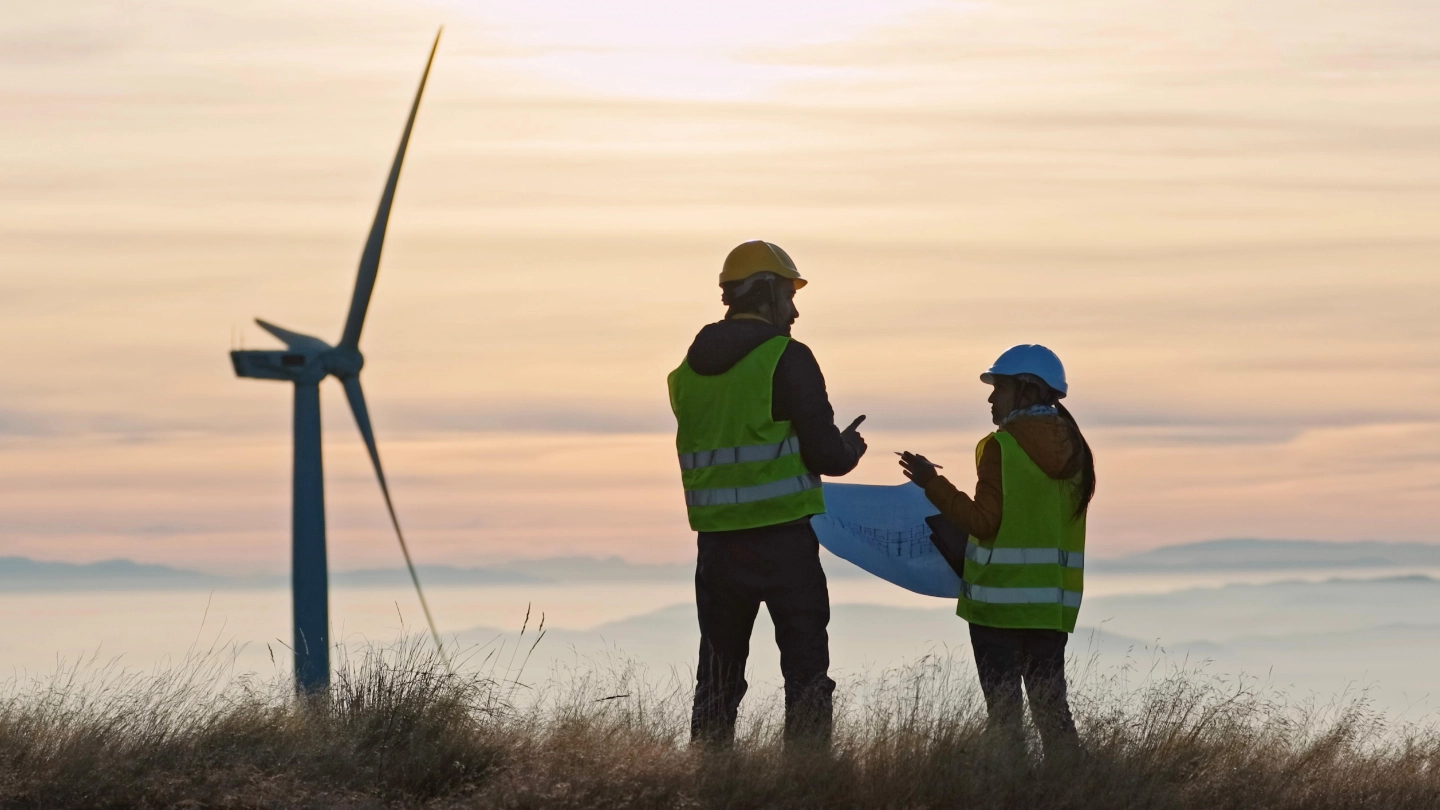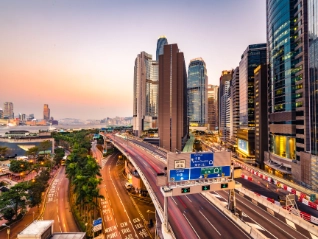Atradius Atrium
Obtenga acceso directo a la información de su póliza, herramientas de solicitud de límites de crédito y perspectivas.
 México
México












Cargar más
Ver 7 de 24







Cargar más
Ver 7 de 136







Cargar más
Ver 7 de 12














Cargar más
Ver 7 de 9